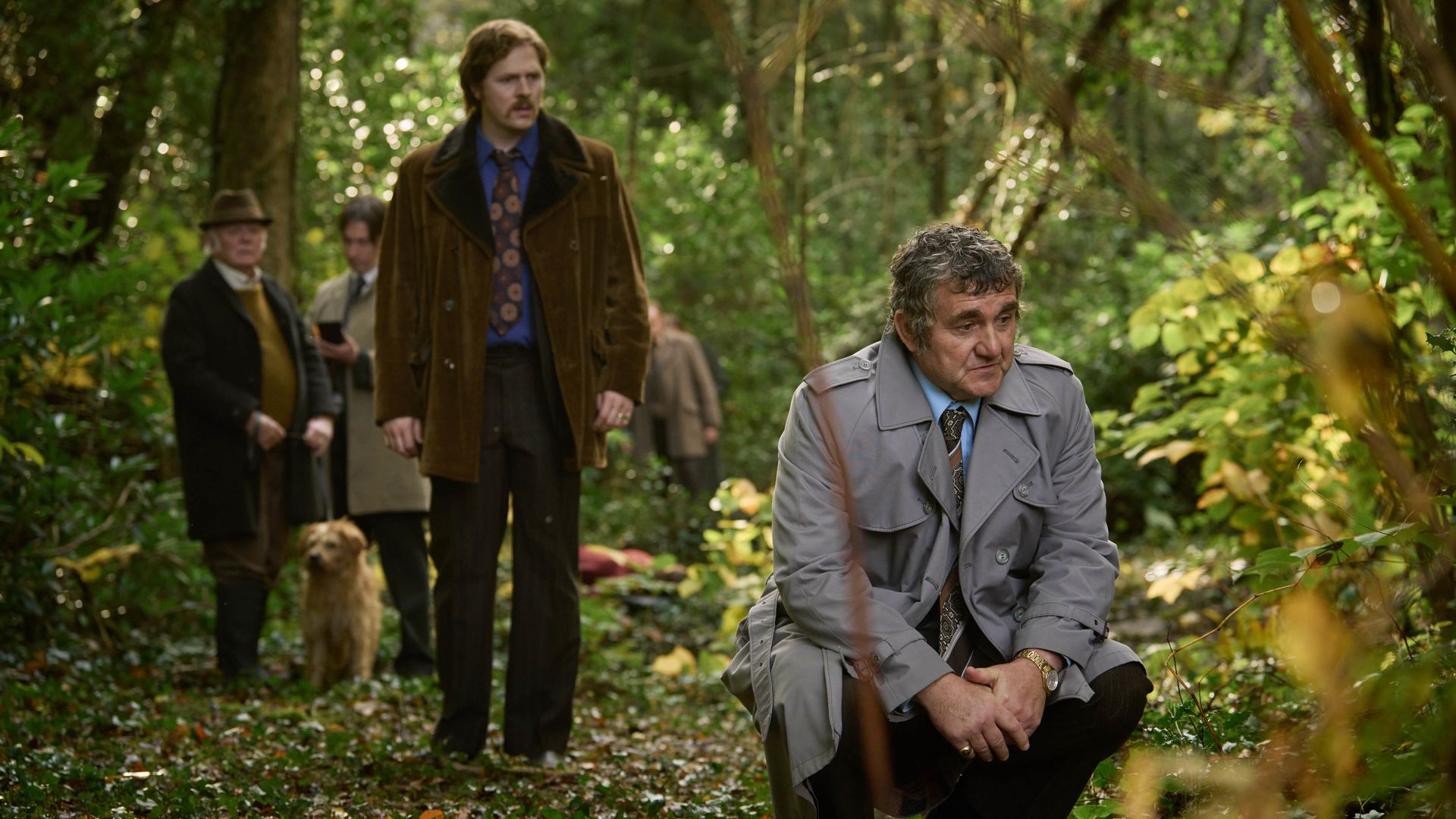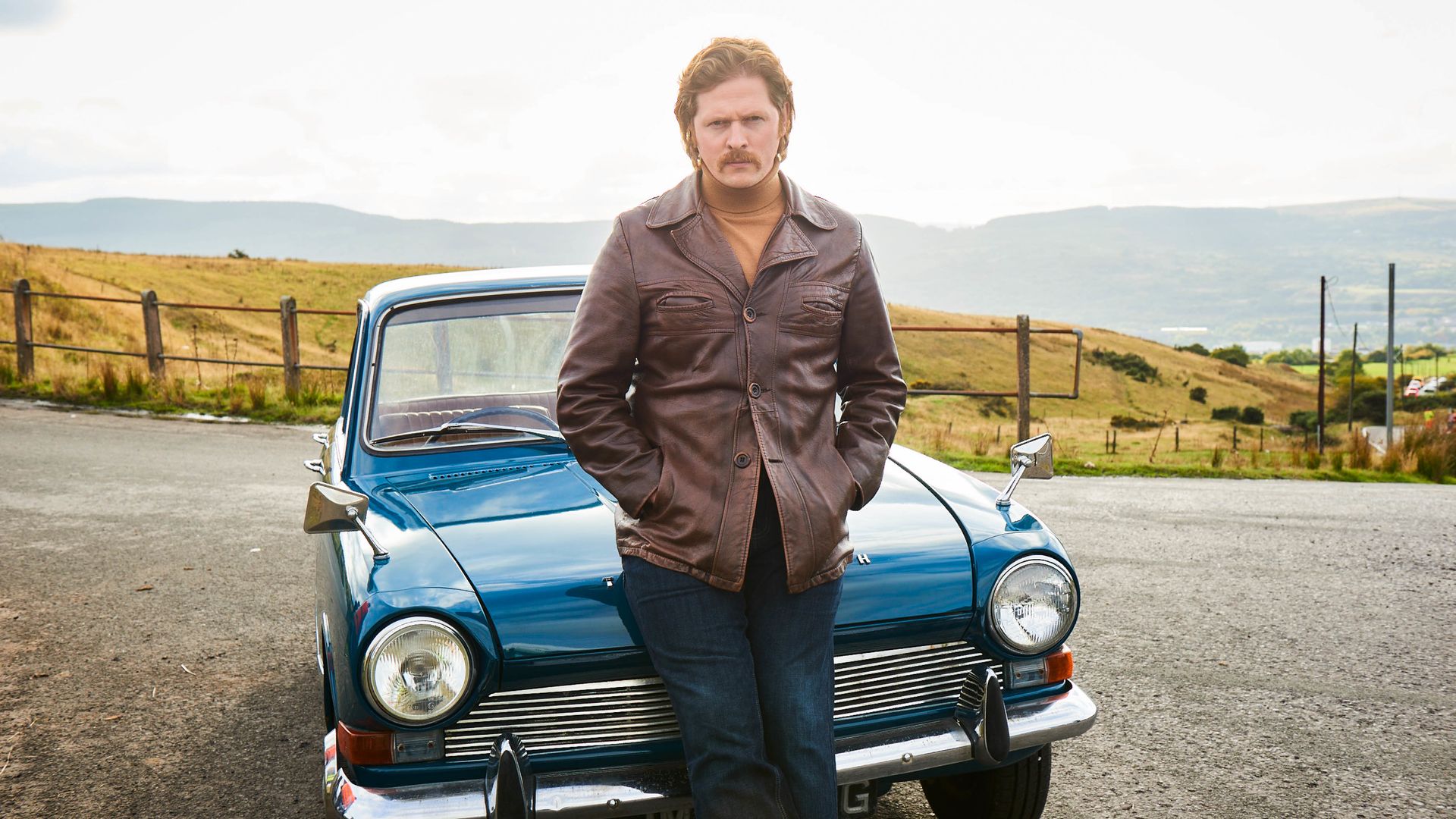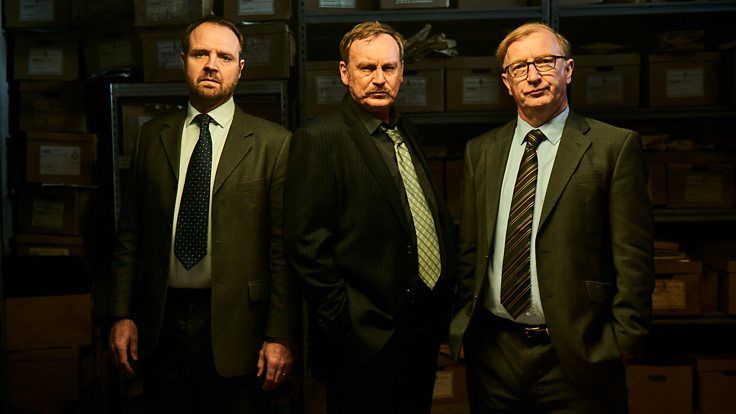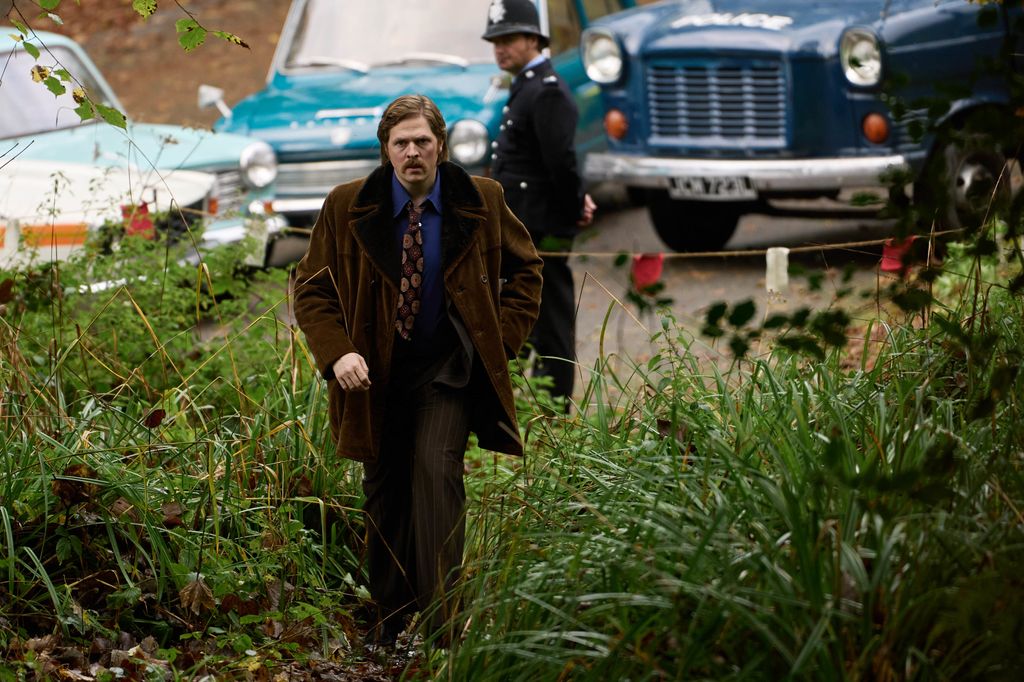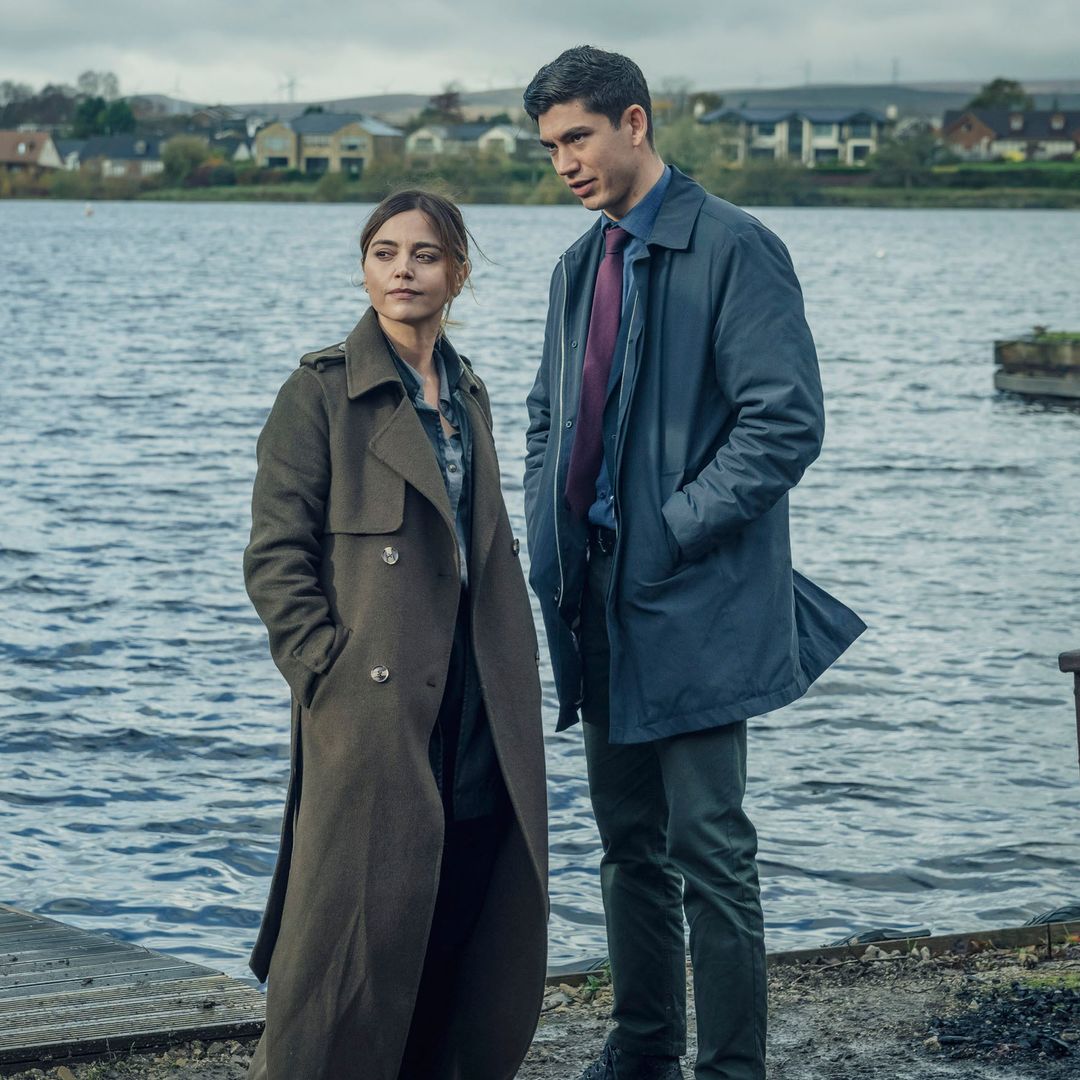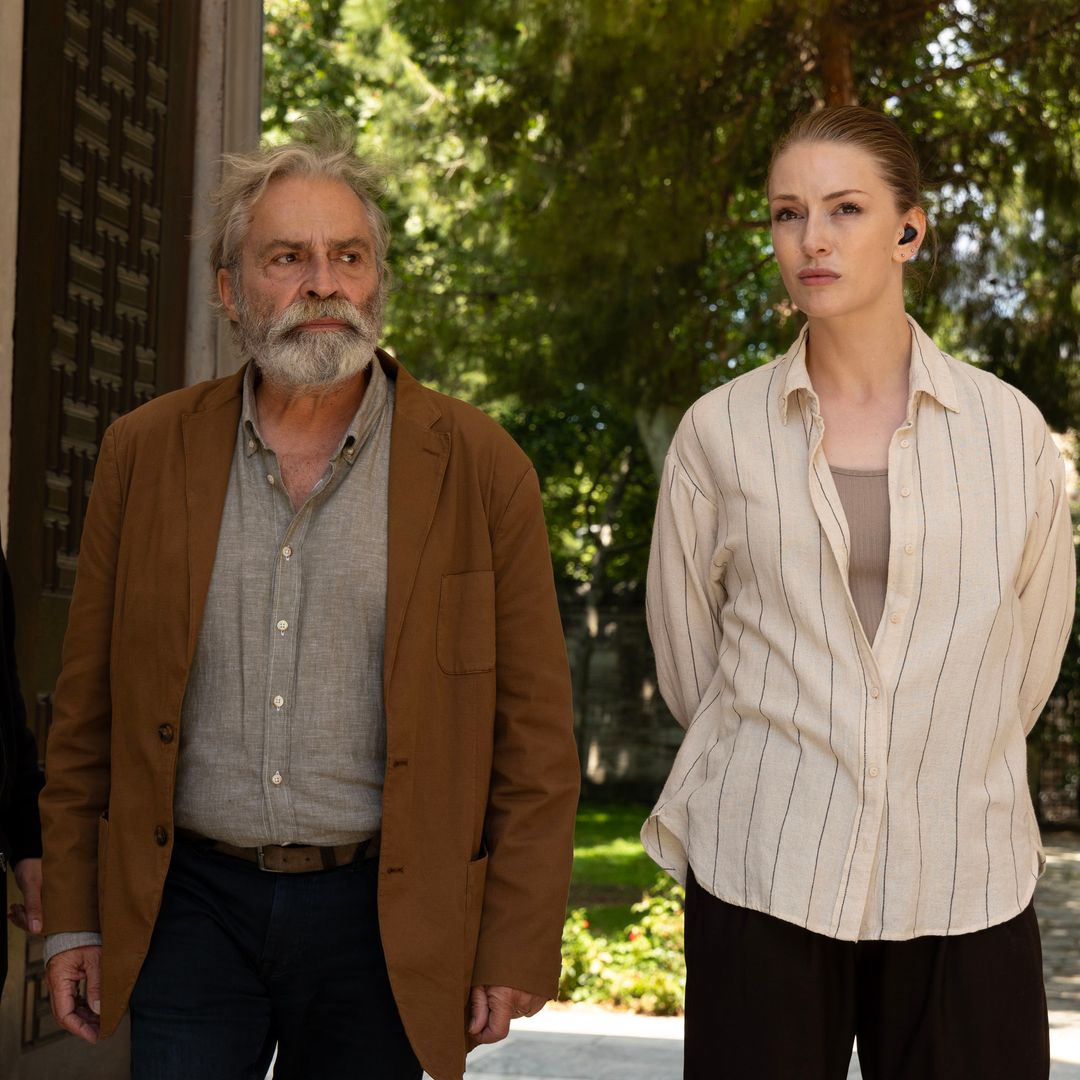Steeltown Murders is the BBC crime drama that's got everybody talking. Starring Philip Glennister and Steffan Rhodri, it follows the real-life murders committed by the Saturday Night Strangler in the 1970s. Not to mention the DNA evidence that would help to identify the killer in the early 2000s.
In keeping with the details of the case, the four-part series is set in Wales, where the murders originally took place. But, where was it actually filmed? Here's what you need to know…
Where is Steeltown Murders filmed?
The BBC series was filmed in and around some of the locations where the murders occurred including Port Talbot, Burry Port and the Neath Valley. Llandarcy – which is where the bodies of Geraldine Hughes and Pauline Floyd were found – has also been used for scenes, according to Wales Online.
MORE: Steeltown Murders: The chilling true story behind new BBC drama
READ: Fans pick up on 'frustrating' detail in episode two of Steeltown Murders
The publication reported that a number of sets had also been constructed in the Dragon Studios facility in Pencoed, as well as the Swansea Bay studios. Filming commenced in November 2022.
What is Steeltown Murders about?
Steeltown Murders follows two detectives on the hunt to catch the killer of three young women in the Port Talbot area. Set in both 1973 and the early 2000s, the new drama traces the decades-long hunt to crack the case.
The show's official synopsis reads: "Contrasting the policing methods of the 1970s with the forensic breakthroughs of the early Noughties, Steeltown Murders is a portrait of a town dealing with the repercussions of an unsolved case three decades on, and asks if justice can ever truly be found."
What is the true story behind the Steeltown Murders?
In the summer of 1973, three 16-year-old girls were strangled and killed, leading to the country's biggest murder hunt. The first incident took place in July when Sandra Newton disappeared on her five-mile walk home at about one o'clock in the morning. Two days later, her body was found in a culvert. The teenager had been hit over the head and strangled with her own skirt.
Two months later in September, best friends Geraldine Hughes and Pauline Floyd were found dead in a woodland area in nearby Llandarcy after hitchhiking their way home from a nightclub in Swansea. The two girls had also been strangled and their bodies dumped seven miles from where Sandra was found.
The incidents sparked a huge police investigation, with a team of 150 officers questioning 35,000 people who loosely fitted the description of a bushy-haired man in his early to mid-30s with a moustache. A key witness had seen Geraldine and Pauline get into a light-coloured Morris 1100 being driven by a man of this description.
It wasn't until 30 years later, however, that the killer would be identified. Thanks to developments in DNA analysis, the police were able to establish that the same man had committed all three murders, and after whittling down the suspect list, they came across Paul Kappen.
Local car thief Paul was on the database having committed offences in and around the Port Talbot area, but was only seven years old at the time of the murders. This led the police to look at Paul's dad, Joseph, who owned a light-coloured Morris 1100. He had been questioned back in 1973 but had an alibi from his wife and claimed his car broke down on the night of the murders.
When investigators knocked on Joseph's door to conduct further DNA tests, they learned that he had died from lung cancer in 1990. After taking DNA swabs from Joseph's ex-wife and daughter, all signs pointed towards him as the killer. Ultimately, it was the exhumation and forensic examination of Joseph's body that revealed the truth. He was in fact the killer.
Don't want to miss a story? Sign up to our What to Watch newsletter and get the heads-up on the shows and films everyone’s talking about.
